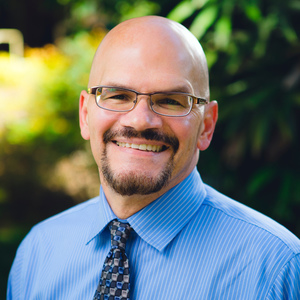"How the Body of Christ Talks"
Reviewed by Tim Muehlhoff, Professor of Communication, Biola University
C. Christopher Smith, senior pastor of Englewood Christian Church (Indianapolis, IN), describes early attempts to bring diverse people in his church together to talk as a “hot mess.” Yelling and sarcasm were default modes as members gathered Sunday nights to discuss potentially volatile issues. Out of sheer stubbornness, Smith and church leadership stayed with it as trust among conversationalists slowly developed. Out of that determination and years of experimentation comes a book that serves as a reliable guide to those wanting to follow their example.
Smith lays out a theological foundation of communication when he asserts that we are “conversational bodies, created to live most fully and most healthfully in conversation” (6). Specifically, we are to model the attentiveness inherent in the Trinity: “In mutual presence, the persons of the Trinity are fully attentive to one another, speaking and responding out of this complete attentiveness” (13). Our ability to be attentive has been challenged by what Bill Bishop calls, the “big short” (6), where we surround ourselves with like-minded people. Thus, when interacting with people with diverse or opposing views, we struggle to attend to each other’s perspectives: “As our social networks become homogenized, we lose the capacity to talk, to work, and to be with those who are different from us” (7). Enlarging our capacity will require us to not only utilize communication models, but also assume biblical virtues like open-mindedness, humility and courage.
Continue reading in the Christian Scholars Review.
 Biola University
Biola University




